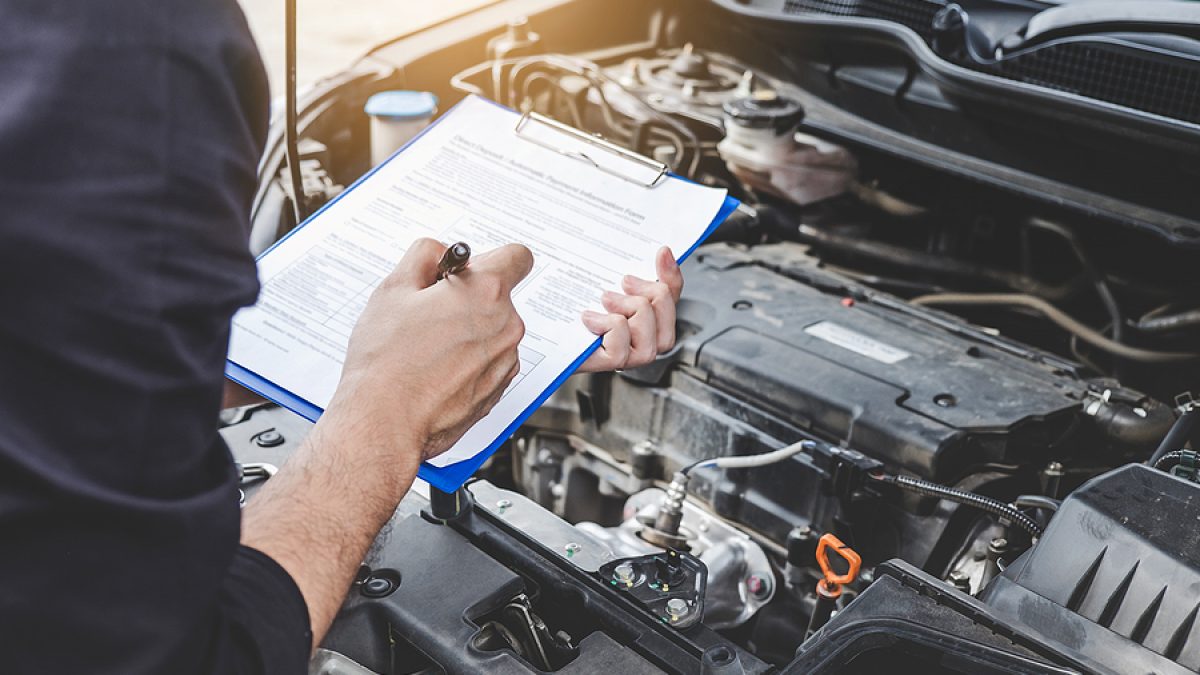Whether you drive a new car or an old one, every vehicle needs to be inspected. It’s also important to make sure that it’s able to handle any road conditions.
If you want to get the most out of your auto entsorgen, it’s best to enlist the help of an expert. But if you’re not ready to spend money on a mechanic, there are some things that you can do.
1. Check the Tires
When you’re driving, check your tires for any bulges or cracks. If there are any, replace them as soon as possible.
This is a regular maintenance task that can improve your fuel economy and increase your safety. And it’s easy to do!
2. Check the Battery
When you get in your car and notice that it won’t start or the headlights won’t turn on, it’s time to check your battery.
You’ll need a battery voltage tester or multimeter. Using the red probe to touch the positive terminal and the black probe to the negative, you’ll find the battery’s voltage.
3. Check the Tire Pressure
Having the right tire pressure can help protect you from accidents, improve handling and reduce fuel costs. It can also save you money on replacement tires.
The proper tire pressure for your vehicle is the one indicated on a sticker inside your driver’s door (or on a decal on the car’s body). Be sure to keep your tires properly inflated.
4. Check the Brakes
The braking system is an essential part of your car’s safety. Regular checks of the brakes help to keep your car running smoothly.
Brake pads and rotors wear down over time, which causes the need for frequent replacements. Brake fluid is also easily replaced, but must be of high quality to prevent corrosion.
5. Check the Oil
When you’re driving, you should check your oil regularly. This is one of the most important things to do because it can save you a lot of money in the long run.
To check your engine oil, remove the dipstick and examine the oil on a rag. It should look yellow-greenish and not super-dark.
6. Check the Fluids
Your vehicle’s safety is dependent on the proper fluid levels. Make sure to check all the fluids in your vehicle on a regular basis, including oil, transmission, brake, power steering, antifreeze and coolant.
If you don’t have the time to do this yourself, take your vehicle to a mechanic and let them inspect your fluids. They’ll tell you if any need to be topped off or if your fluids are in good condition.
7. Check the Air Filter
The air filter in your car plays an important role in maintaining proper engine function. It keeps the air circulating smoothly and prevents dirt, dust, bugs, and other debris from entering the engine compartment.
Your vehicle’s owner’s manual should have instructions on where to find the filter and how to remove it. It can usually be found in a rectangular housing that is attached to the air intake tube.
8. Check the Lights
When driving, it’s important to know when to turn on your headlights and tail lights. These will give you a better view of the road, as well as help other drivers see you.
You should also make sure that your fog lights are working properly. These can be difficult to check, but it’s a good idea to have someone else stand behind you while you do so.
9. Check the Tire Pressure
Having the proper tire pressure allows your tires to last longer, increase fuel economy and improve handling. It also protects you and other road users from blowouts.
Checking the tire pressure should be done at least once every month. Your vehicle may have an automatic warning system that lets you know when the pressure is low.
10. Check the Tires
Every time you drive, the tires on your car take a beating. This isn’t a bad thing, but it does mean that your tires need to be checked regularly.
You can do this by using a penny to check the tread depth around your tires and across the contact patch. If there is uneven wear, you may need to replace your tires.

